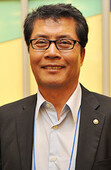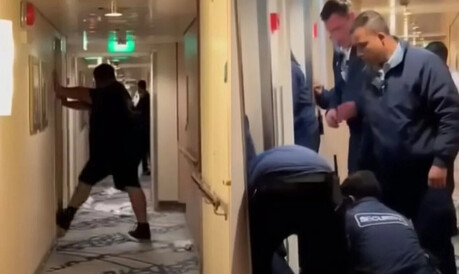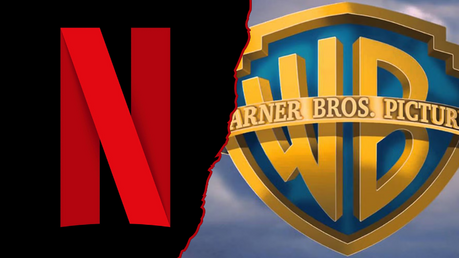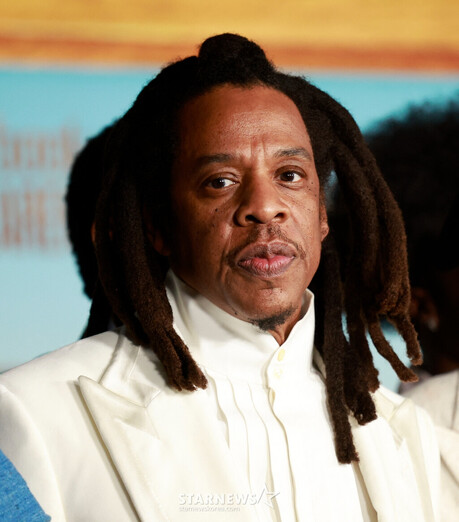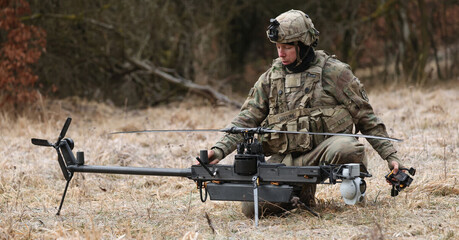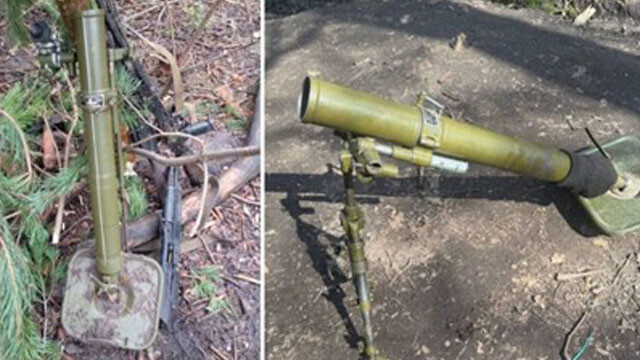
PYONGYANG/MOSCOW/KYIV – Startling new reports and photographic evidence suggest that Russia is increasingly deploying vintage North Korean artillery, including 60mm mortars, on the front lines of its war in Ukraine. This development underscores the mounting pressure on Russia's defense industrial complex, severely hampered by international sanctions, and highlights its deepening reliance on pariah states for military supplies.
Recent images circulating on Russian military expert blogs have drawn significant attention, showing what appear to be North Korean 60mm mortars – weapons typically seen only in North Korean military parades or museum exhibits – in active use by Russian forces. Specifically, the Russian 76th Guards Air Assault Division, engaged on the Kursk front, has reportedly been supplied with these antiquated mortars by North Korea.
A Glimpse into North Korea's Arsenal on the Battlefield
The 60mm mortars are not the only North Korean armaments making their way to the Ukrainian battlefields. Reports indicate that Russia has also received and is utilizing other North Korean-made weapons, including AK-12 assault rifles (though the AK-12 is a Russian design, North Korea may be supplying variants or ammunition compatible with it), machine guns, sniper rifles, anti-tank guided missiles, and anti-tank grenade launchers. This diverse range of weaponry suggests a broad-based effort by Pyongyang to bolster Moscow's dwindling military stockpiles.
Military expert Joost Oliemans notes a peculiar characteristic of North Korean artillery: while the majority of North Korean weapon calibers are derived from Soviet designs, the 60mm mortar and the formidable 170mm Koksan self-propelled howitzer are notable exceptions. These particular weapons, Oliemans explains, are believed to be based on Western, specifically American, calibers. This deviation from the typical Soviet-standardization in North Korea's arsenal adds another layer of intrigue to their appearance on the Ukrainian front. The 170mm Koksan, a long-range self-propelled artillery piece, has also reportedly been identified in use by Russian forces, further confirming the breadth of North Korean military assistance.
Field Assessments: Mixed Reviews for North Korean Gear
Initial assessments from Russian soldiers on the ground, as relayed through military channels, have offered mixed reviews regarding the effectiveness of these North Korean weapons in the current conflict. While the 60mm mortars have reportedly been deemed "inappropriate" for the intensity and nature of the Ukraine war, North Korean automatic grenade launchers have been praised for their "convenience and practicality." These observations suggest that while some of the vintage equipment may not meet modern combat demands, other items could be providing crucial supplementary firepower to Russian units.
The 60mm mortar, while light and portable, typically has a shorter range and less destructive power compared to larger caliber mortars more commonly seen in modern warfare. Its deployment by a highly-regarded unit like the 76th Guards Air Assault Division, known for its elite status, highlights the extent to which Russia is scouring for available military hardware. This move suggests either a severe shortage of suitable Russian-made alternatives or a strategic decision to utilize readily available, albeit older, North Korean supplies for specific tactical scenarios.
Russia's Shifting Arms Trade Dynamics
The 'Defense Blog,' a Western military expert publication, has underscored a stark reversal in Russia's position in the global arms trade. Prior to its full-scale invasion of Ukraine in February 2022, Russia was one of the world's leading arms exporters, boasting a robust defense industry and a vast inventory of military equipment. However, the comprehensive international sanctions imposed by the United States, European Union, and other allies have severely disrupted Russia's defense manufacturing supply chains.
These sanctions have cut off Russia's access to crucial Western components, advanced technologies, and financial resources, significantly impeding its ability to produce new weapons and maintain existing ones. As a result, Russia has been forced to look to alternative suppliers, primarily Iran and North Korea, both of which are themselves subject to extensive international sanctions. This transactional relationship, born out of necessity, further isolates Moscow on the global stage and highlights its growing dependence on states that also operate outside the traditional international order.
The Geopolitical Implications of the Arms Flow
The increasing military cooperation between Russia and North Korea carries significant geopolitical implications. For North Korea, the supply of artillery and other military hardware to Russia offers a valuable opportunity to test its weapons in a real-world combat scenario, potentially refining their designs and tactics. It also provides a crucial source of hard currency and technological exchange, which could be used to further develop its own military capabilities, including its illicit nuclear and ballistic missile programs.
For Russia, the influx of North Korean weapons, while perhaps not always cutting-edge, provides a vital lifeline in its prolonged conflict. It allows Moscow to sustain its military operations, albeit with older and potentially less effective equipment, without entirely depleting its domestic stockpiles or facing further manufacturing delays. This partnership circumvents international sanctions and demonstrates a shared defiance of Western-led efforts to isolate both nations.
Western intelligence agencies are closely monitoring these arms transfers, seeking to understand the scale, scope, and strategic implications of this burgeoning military alliance. The direct involvement of North Korean weapons in the Ukraine war also raises concerns about the broader proliferation of such armaments and the potential for increased instability in other regions.
The Future of Russia's War Effort and Global Security
The deployment of North Korean vintage mortars by Russian forces is a clear indicator of the protracted nature of the conflict in Ukraine and the significant strain it has placed on Russia's military industrial complex. It signals a shift in Russia's arms procurement strategy, driven by sanctions and the need to sustain its war machine. As the conflict grinds on, it is likely that Russia will continue to explore all avenues for military supplies, regardless of their origin or age.
This development also underscores the urgent need for the international community to maintain and strengthen sanctions regimes against both Russia and North Korea to prevent the further flow of weapons and to ultimately de-escalate the conflict in Ukraine. The evolving dynamics of global arms trade, with sanctioned states forming new partnerships, present complex challenges for international security and stability.
[Copyright (c) Global Economic Times. All Rights Reserved.]















